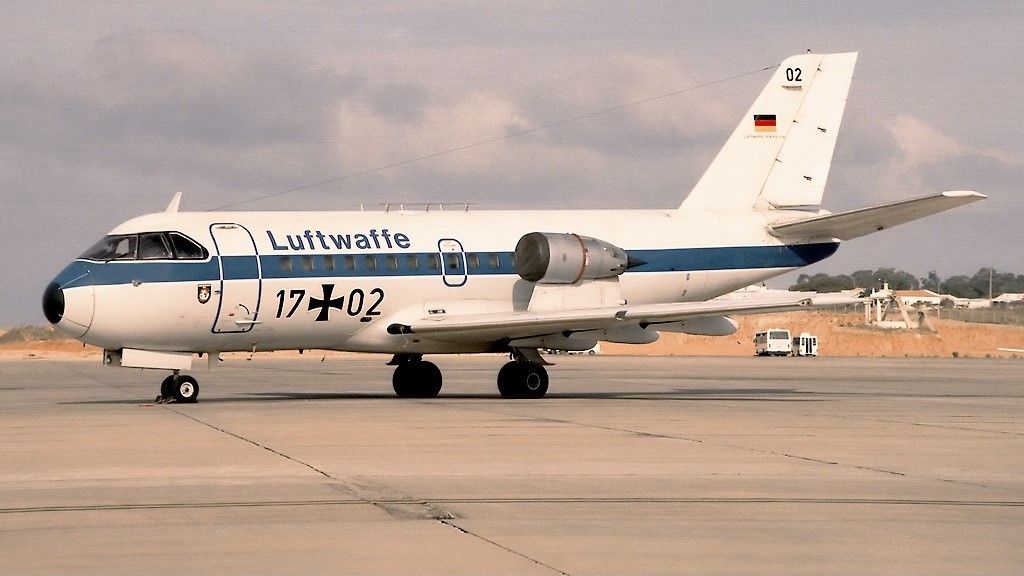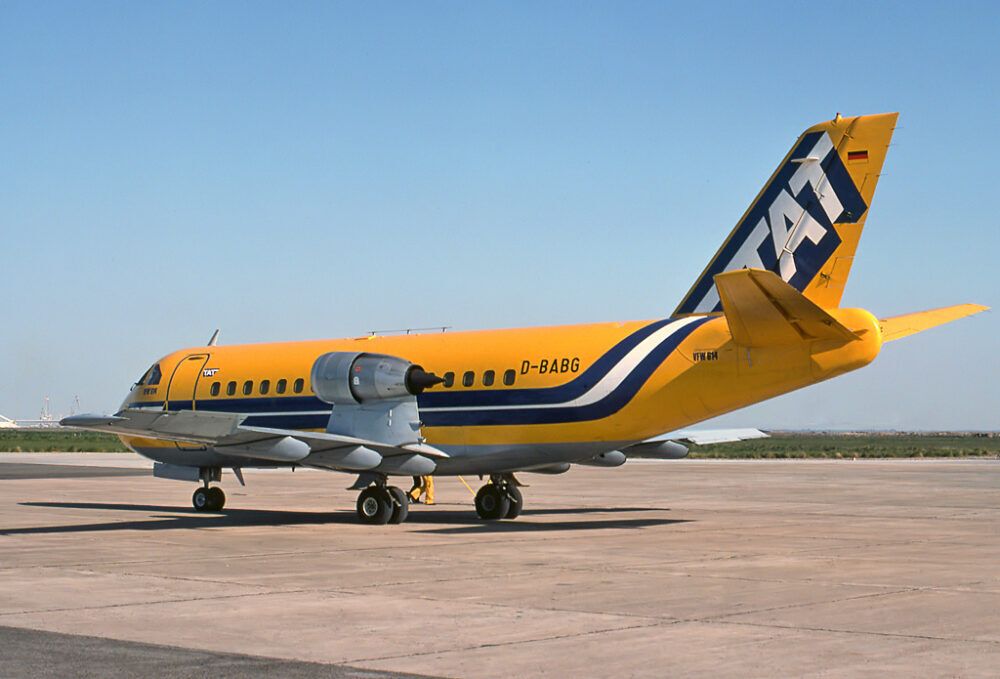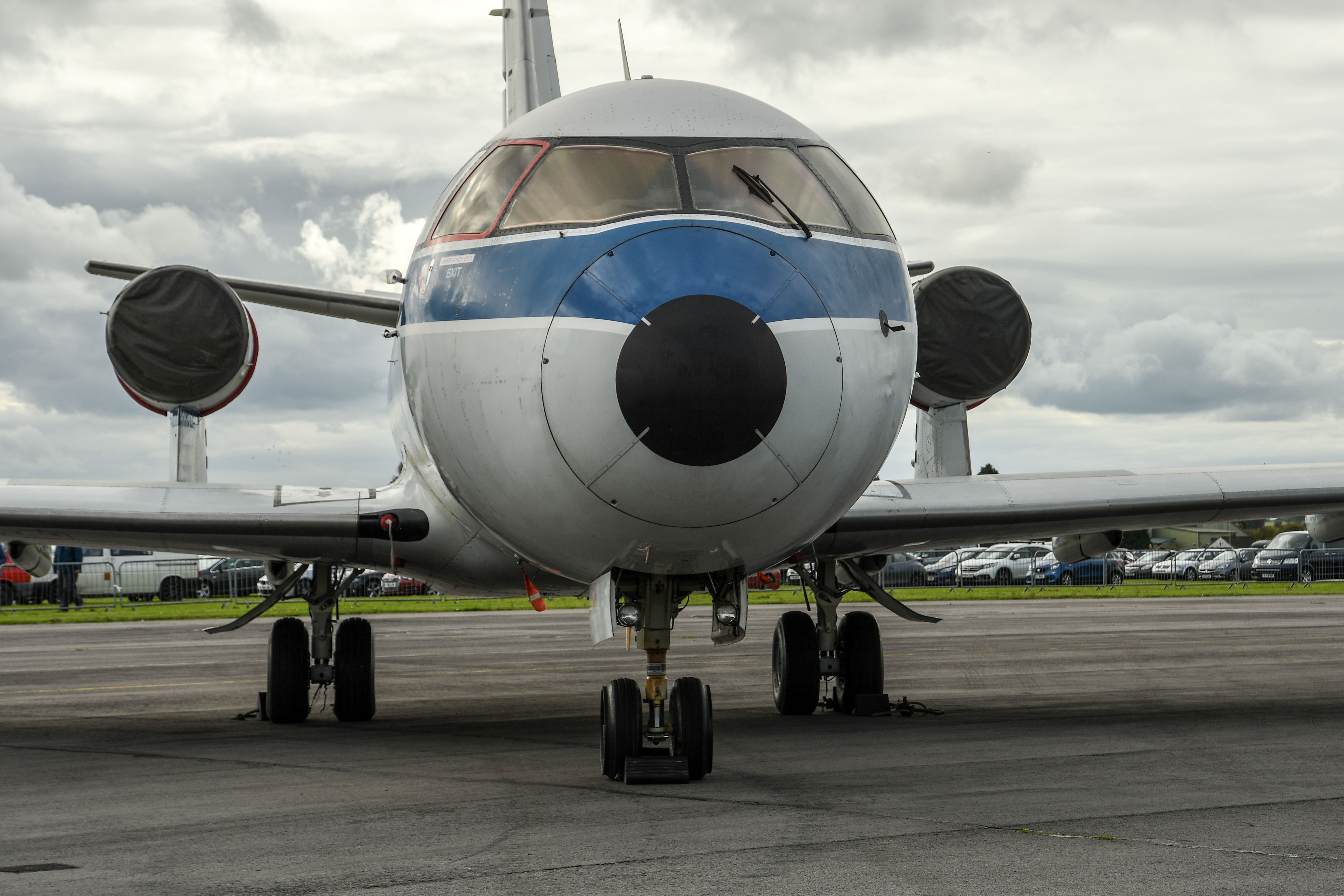Summary
- The VFW-Fokker 614 was a short-lived airliner program that lasted from 1971 to 1977.
- The VFW 614 was distinct for its engine mounts located in pods above the wings.
- Despite its short commercial career, the VFW 614 had a long service life with the German Air Force.
The 1970s saw various new jetliner designs take to the skies. These included the likes of the legendary supersonic Concorde and the Boeing 747, but also a lesser-known model from Germany. Indeed, as it happens, last month marked the 50th anniversary of the VFW-Fokker 614 making its first flight. Let's take a look at the story of this aircraft, known in short as simply the VFW 614.
A short-lived program
The story of the VFW-Fokker 614 dates back more than 60 years, as far as 1961. At this time, a group of West German aircraft manufacturers known as Entwicklungsring Nord (ERNO) proposed the construction of a 36 to 40-seat airliner called the E.614. However, amid a period of re-organization, this group eventually became the Vereinigte Flugtechnische Werke (VFW).
Several years later, with backing from the West German government, the project finally had the green light by 1970. Also, by this time, VFW had merged with the Dutch aircraft manufacturer Fokker to create a brand known as VFW Fokker. As such, the new aircraft's full name became the VFW-Fokker 614. The plane, which was influenced by the Douglas DC-3, made its first flight on July 14th, 1971.
Love aviation history? Discover more of our stories here!
The VFW-Fokker 614, which went down in history as one of the shortest airliners of all time at just 20.6 meters (67.6 feet) long, entered commercial service just over four years later, in August 1975. However, VFW-Fokker canceled the program two years later, in 1977. This was due to low sales, primarily due to Lufthansa's lack of interest in the type.
Who flew the VFW 614?
Despite lofty ambitions of producing 300-400 VFW-Fokker 614s for customers based as far afield as the lucrative North American market, a considerable lack of interest plagued the project. VFW-Fokker ultimately produced 19 examples of its twinjet, of which it only delivered 16 to customers. It also reportedly had to break up multiple airframes before even completing them.
Get the latest aviation news straight to your inbox: Sign up for our newsletters today!
When all was said and done, only four customers ever received brand-new VFW 614s, and French carrier Touraine Air Transport was the largest operator, with eight examples. Elsewhere in France, Air Alsace purchased three VFW 614s, and the final commercial customer was Danish carrier Cimber Air, which flew just two of the type. The German Air Force operated the other three VFW 614s.
Notable for its engine mounts
In the world of jet-powered commercial aircraft, the majority of these planes have their engines mounted beneath their wings. Alternatively, some regional jets have them mounted at the rear of the fuselage, as was the case for designs such as the Boeing 717. However, the VFW 614 was different in this regard and stood out from the crowd because they were mounted in pods above the wings.
Active until 2012
Although the commercial production of the VFW 614 was ultimately a relatively short-lived affair, with less than 20 examples built, the type still had a long service life. While its commercial career ended in the early 1980s, the German Air Force continued to fly its VFW 614s until 1999. This allowed the aircraft, whose pod-mounted engines had various safety and noise-based advantages, to continue its legacy.
Once the Luftwaffe had retired these aircraft, just one example remained active. This aircraft (D-ADAM) belonged to the Deutsches Zentrum für Luft- und Raumfahrt / DLR ('German Aerospace Center') and had an interesting role.
Specifically, the DLR based its sole VFW 614 in Braunschweig to use as part of its Advanced Technologies Testing Aircraft System (ATTAS) program. As seen above, part of its role saw the D-ADAM used to visualize wingtip vortices. The DLR retired the plane in 2012, and is now preserved in Oberschleißheim.
Did you know about the story of the VFW-Fokker 614? Have you ever flown on this rare classic jetliner? Let us know your thoughts and experiences in the comments!
Sources: Flight International, Flying Magazine, Popular Science




